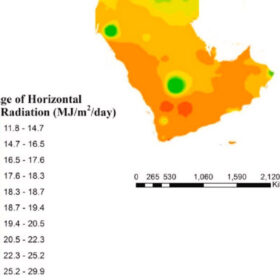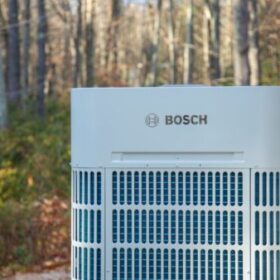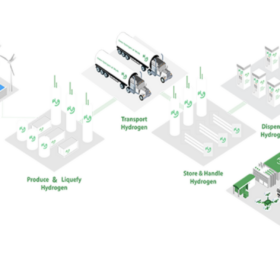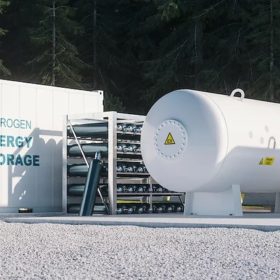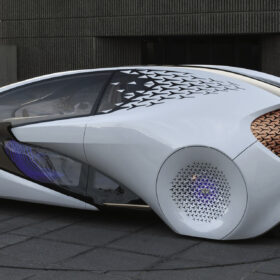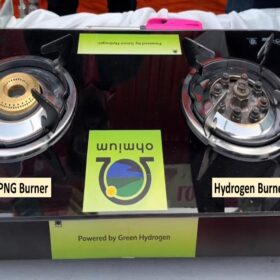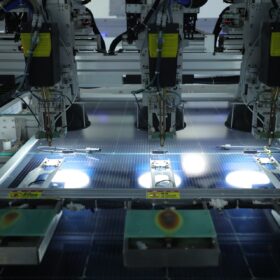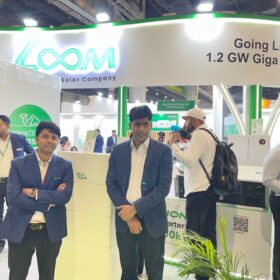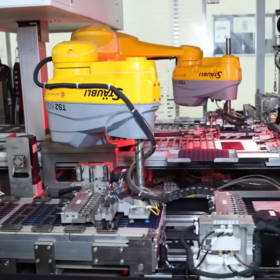Saudi Arabia in prime position for green hydrogen in global energy landscape
An international research team has provided an overview of global trends and best practices for hydrogen adoption and investment in Saudi Arabia.
Solar modules: The latest in technologies and applications
The evolution of solar technology in India isn’t solely focused on technical advancements but also on making solar energy more affordable and accessible to a wider demographic.
Bosch unveils cold climate heat pump for residential applications
According to the manufacturer, the new Inverter Ducted Split (IDS) Ultra heat pump can provide 100% heating capacity at an outdoor temperature of -15 C and can operate down to – 25 C.
GODI India to build 12.5 GWh battery cell manufacturing unit in Telangana
GODI India has signed a memorandum of understanding with the state government of Telangana to set up a 12.5 GWh lithium-ion battery cell manufacturing unit with an investment of INR 8,000 crore in Telangana.
The Hydrogen Stream: Plug Power commissions 1 MW PEM electrolyzer
A number of hydrogen projects are moving forward in the United States, India, Germany and Denmark. In other developments, the German state of Saxony is teaming up with other partners, including the Czech Republic, to set up a hydrogen network in Eastern Europe.
GIFT City advances on platform for hydrogen trading
The Gujarat International Finance Tec-City (GIFT City) has partnered with the Indian Gas Exchange (IGX) and Gujarat State Petroleum Corp. (GSPC) to establish a global hydrogen trading mechanism.
Vertical integration at scale key to reducing green hydrogen cost
Gautam Adani, chairman of Adani Group, says vertical integration at scale promises the greatest acceleration towards reducing the cost of green hydrogen from the current $3-5 per kilogram (kg) to the $1/kg mark.
New solid state battery charges in minutes, lasts for thousands of cycles
Researchers from the Harvard John A. Paulson School of Engineering and Applied Sciences (SEAS) have developed a new lithium metal battery that can be charged and discharged at least 6,000 times — more than any other pouch battery cell — and can be recharged in a matter of minutes.
NTPC demonstrates zero-emission ‘hydrogen cooking’
NTPC Energy Technology Research Alliance (NETRA) has demonstrated successful hydrogen cooking with a modified cookstove using hydrogen supply from the green hydrogen plant at its campus in Greater Noida.
Greenzo Energy unveils modular alkaline electrolyzer
Greenzo Energy has unveiled its indigenously designed modular alkaline electrolyzer that can be scaled to address green hydrogen demand from industrial processes to powering entire communities.
